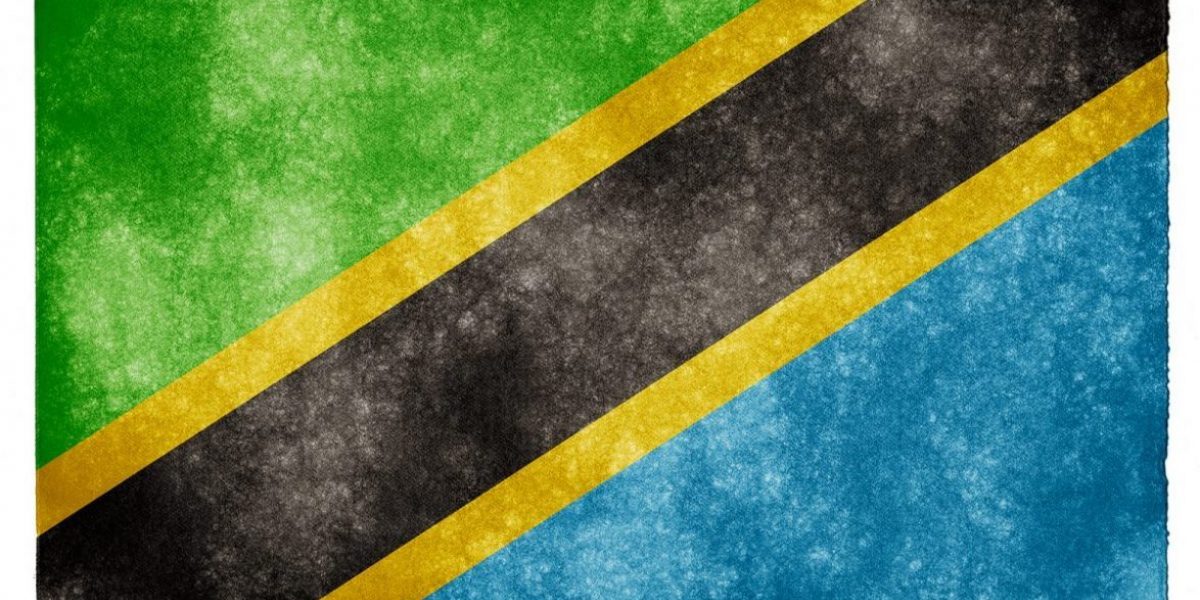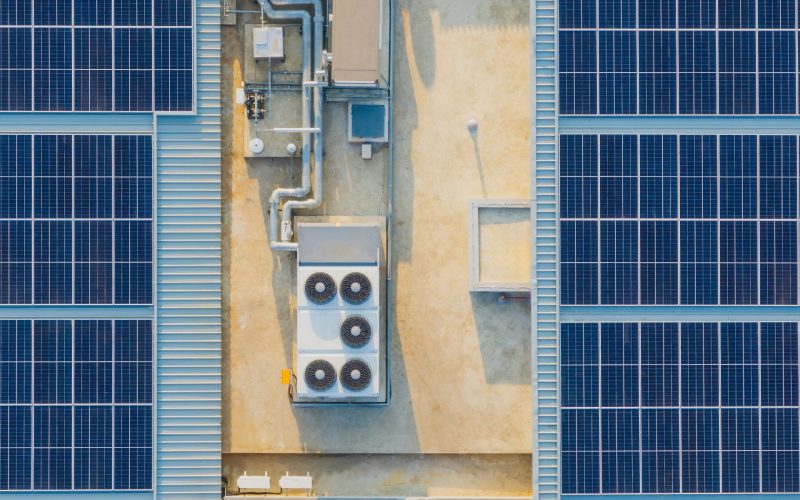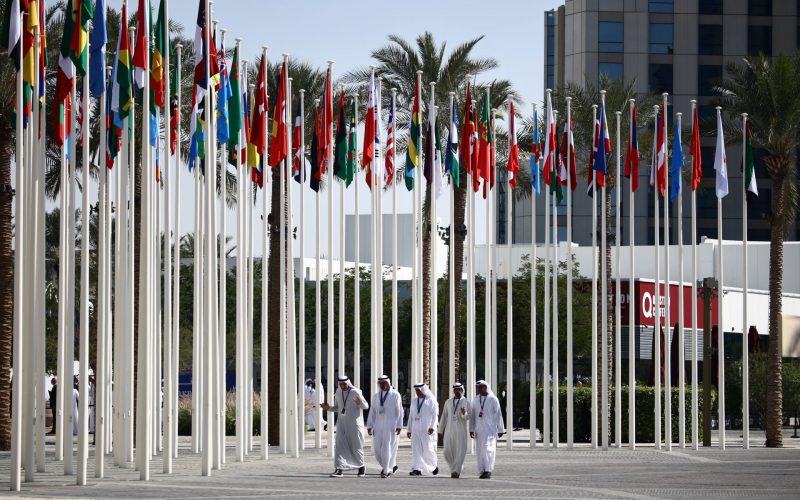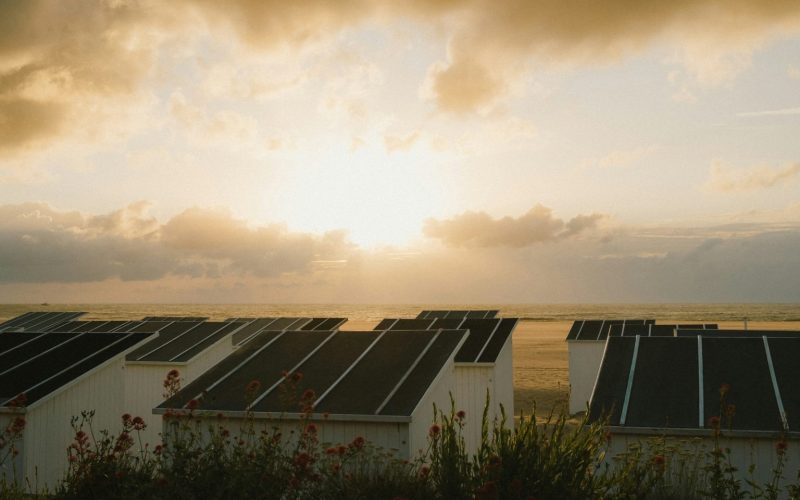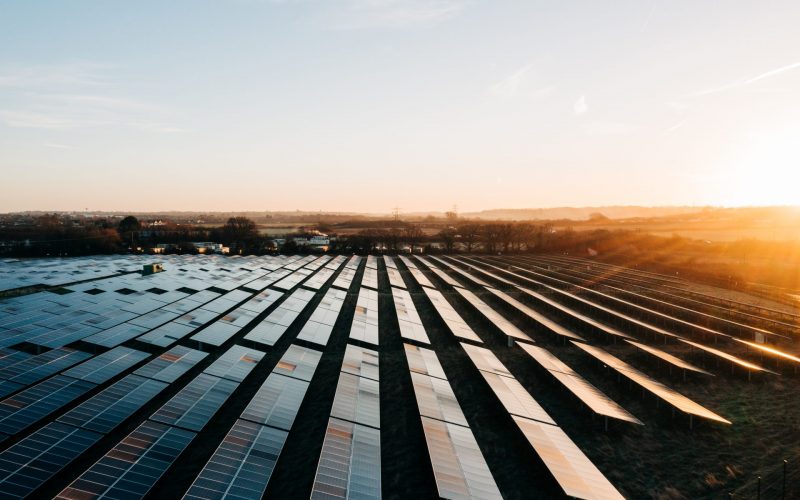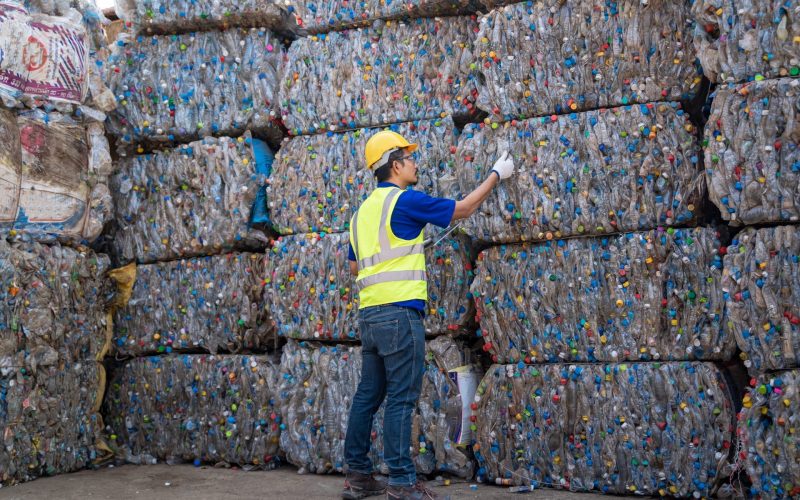From the start the deal ‘was hotly contested by donors and consultants on the grounds of cost, the choice of technology and the projected demand for power’, says Brian Cooksey of Transparency International.
The government agreed to pay for the capacity whether or not it was actually needed. In the project’s first year, 2002, IPTL was paid $40 million in capacity payments alone, and has functioned at less than 10% of capacity since then. Evidence of alleged corrupt payments to government officials to initiate the deal led to a public outcry and fiery parliamentary debates.
The IPTL deal is considered a bad PPP not just because of the alleged corruption and the high cost of electricity, but also because it was approved without a proper feasibility study and without consulting necessary stakeholders. Tanesco was forced to pay too high a price for electricity that it didn’t really need since its major problem was not insufficient generating capacity but rather a lack of gridlines. IPTL’s electricity is said to cost 12 US cents per unit compared to the seven and nine US cents per unit supplied by Tanesco. This in addition to the $3 million a month in statutory costs that IPTL charges Tanesco.
Lessons:
- A proper feasibility study would have queried the deal’s cost, value for money and the demand for power.
- All the necessary stakeholders were not consulted and the necessary approvals not obtained.
- PPP deals are vulnerable to corruption, especially in the absence of a proper bidding process.
- The high cost of getting out of bad PPP deals can mean governments are forced to implement them.

